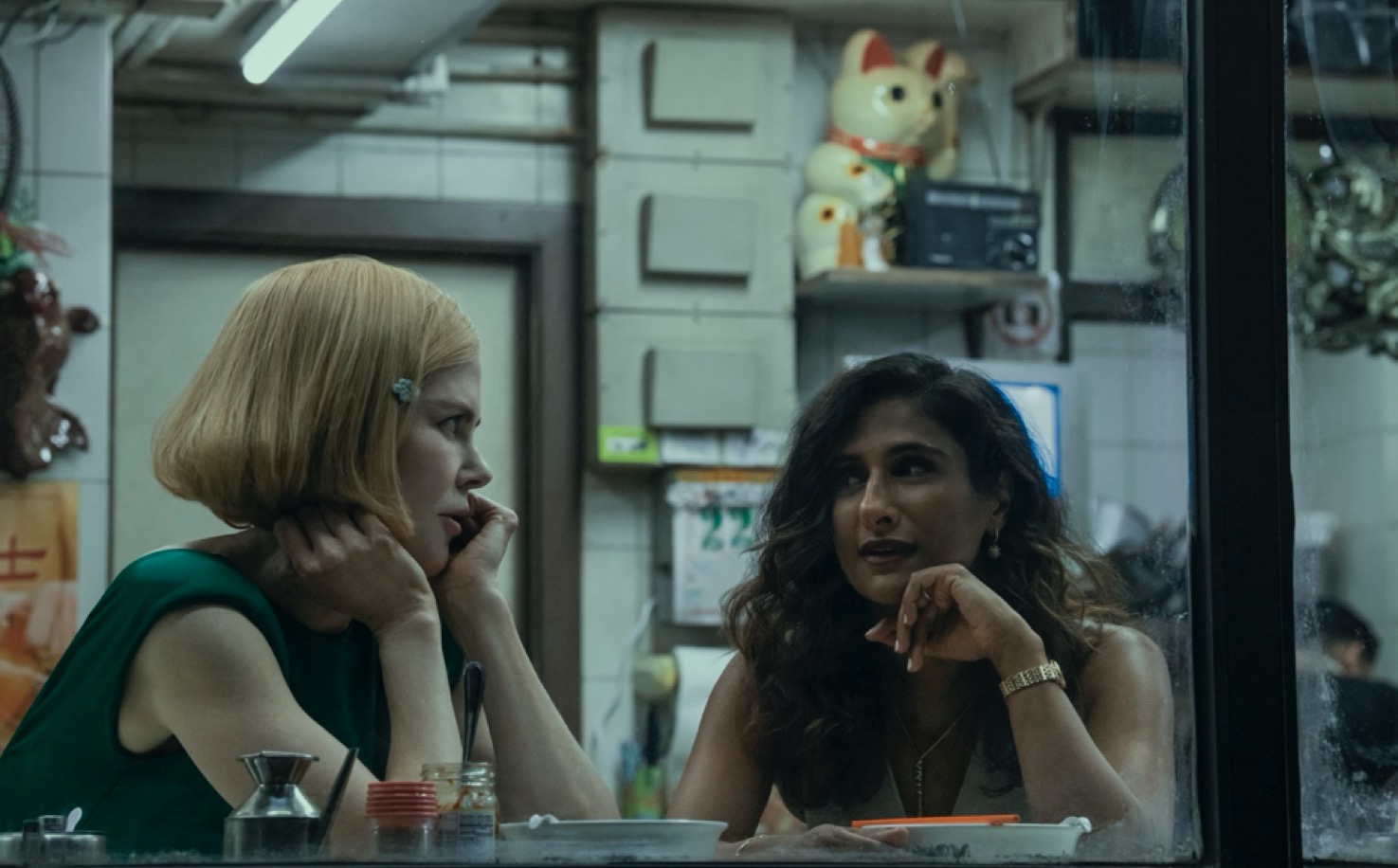The Raw Deal
With her just released fourth cookbook, chef Ani Phyo shows just how raw and delicious Korean food can be.
by Namju Cho
When I first heard about the raw food diet craze, I cringed. As someone who loves to eat all things meaty, fatty and bloody, I’ve always looked at anything too health-conscious with a high dose of skepticism. Plus, raw food seemed to be a luxury that only celebrities like Demi Moore, Moby and Donna Karan—those with the wherewithal to hire personal chefs could indulge. This diet that eschews anything prepackaged, processed or cooked at temperatures higher than 104 degrees didn’t jive with me.
Then I met raw food chef Ani Phyo (pronounced pyo).
“I had so much energy I couldn’t sleep,” said Phyo, recounting the effects of her first gourmet raw food meal years ago. “[Eating raw is] ultimately about promoting clean, whole food that hasn’t come from a factory, been processed or has preservatives.”
She’s built a small empire on the health and beauty benefits of raw food. There have been numerous radio and television appearances to go with the growing number of cookbooks. And with her fourth and most recent publication, Ani’s Raw Food Asia: Easy East-West Fusion Recipes, Phyo draws on inspiration from her Korean background and her travels around Asia, making it one of the first culturally themed raw recipe collections.
Some of the dishes in this new volume are based on the food she used to eat at home. So, what did Phyo find on the dinner table growing up? From an early age, she grew up eating a heavily vegetarian and semi-raw diet due to her father’s health. Eating raw helped to extend his life by at least 10 years despite a terminal illness, Phyo said. Her father would “eat a red bell pepper like an apple.” Her mother cultivated the organic garden from which came many of those vegetables, as well as the cucumbers and radishes used to make kimchi and other banchan. Homemade juices also came courtesy of the garden. Not all of her mother’s concoctions were to Phyo’s liking, however. Combine a red bell pepper and chard, and you get “brown mud in a glass,” she recalled not so fondly.

The transition from “raw food 1.0”—which, according to Phyo, who founded a multimedia company that hosted one of the earliest online events in the 1990s, means standard, no-frills raw food—to “2.0” occurred during the dotcom boom of the 1990s. And the upgrade was a revelation: “It was lasagna that used zucchini slices instead of pasta and cashew ‘cheese’,” said Phyo, describing that initial enlightening raw experience in San Francisco. Phyo, who hasn’t eaten meat since 1986, when she had a disagreeably greasy burger while partying with friends in the wee hours of the morning, has been championing raw to semi-raw food ever since.

“It’s not a big stretch. We eat a lot more raw than we realize,” said Phyo, citing salads and gazpacho.
After my initial hesitance, I tried preparing Summer Rolls with Ginger “Peanut” Sauce and Mixed Vegetable Seaweed Rolls from her latest cookbook. I bought kelp noodles for the first time ever. I assembled the noodles and lettuce fillings into a thin, carved-out slice of cucumber and dipped it generously into a spiced up almond butter-based sauce. Amazing flavor. It was refreshing and light, and the almond sauce gave it the nutty, salty, slightly sweet burst of flavor it needed.

The Mixed Vegetable Seaweed Rolls using radish and cashew nut “rice” were more elaborate to make and clunkier to eat (they easily fell apart), but were equally satisfying. The kicker here, too, was the dipping sauce. Although the spinach, avocado and shiitake mushrooms gave the dish some flavor, the spiciness of the sesame oil sauce brought all the elements together and then transformed them.
I admit, I’m a convert. I actually crave raw food from time to time. Phyo makes it easy because she isn’t advocating for people to go cold turkey, so to speak. “It’s not all or nothing, but more about incorporating healthier foods to your diet,” she said. She reiterated that raw food not only tastes good and is good for you, but it also keeps you fit. She should know. The statuesque, hyper-toned 43-year-old is the living embodiment of what raw food can do for your skin and body.
But can today’s busy home cooks afford and manage to incorporate raw food into their meals? After all, some of Phyo’s recipes require up to six hours of dehydrating various ingredients. It may take some planning, but it’s worth it to eat well, feel nourished and stay healthy, she said. She uses the dehydrator like a slow cooker, since it is safe to leave unattended. If it doesn’t involve dehydrating, she likes to mix it up. “I live by my blender,” she said. The added bonus is easier cleanup, with no pots and pans to wash. And once you get the regimen down, it doesn’t take long to whip out a smoothie or some chili made from walnut, coriander, tomatoes and peppers, she said.
At the end of the day, I’m glad Phyo isn’t about depriving oneself of any food. I just love gorging on red meat too much; just like Phyo indulges in a hot bowl of soup when the craving calls during colder weather. But, every now and then, I slip in some cucumber with almond sauce or cashew nut rice rolls to ensure my system recoups from my regular burger and fries binges. I feel light and just good all around.
It must be the Ani Phyo effect.
This article appeared in the September 2011 issue of KoreAm. Subscribe today!








